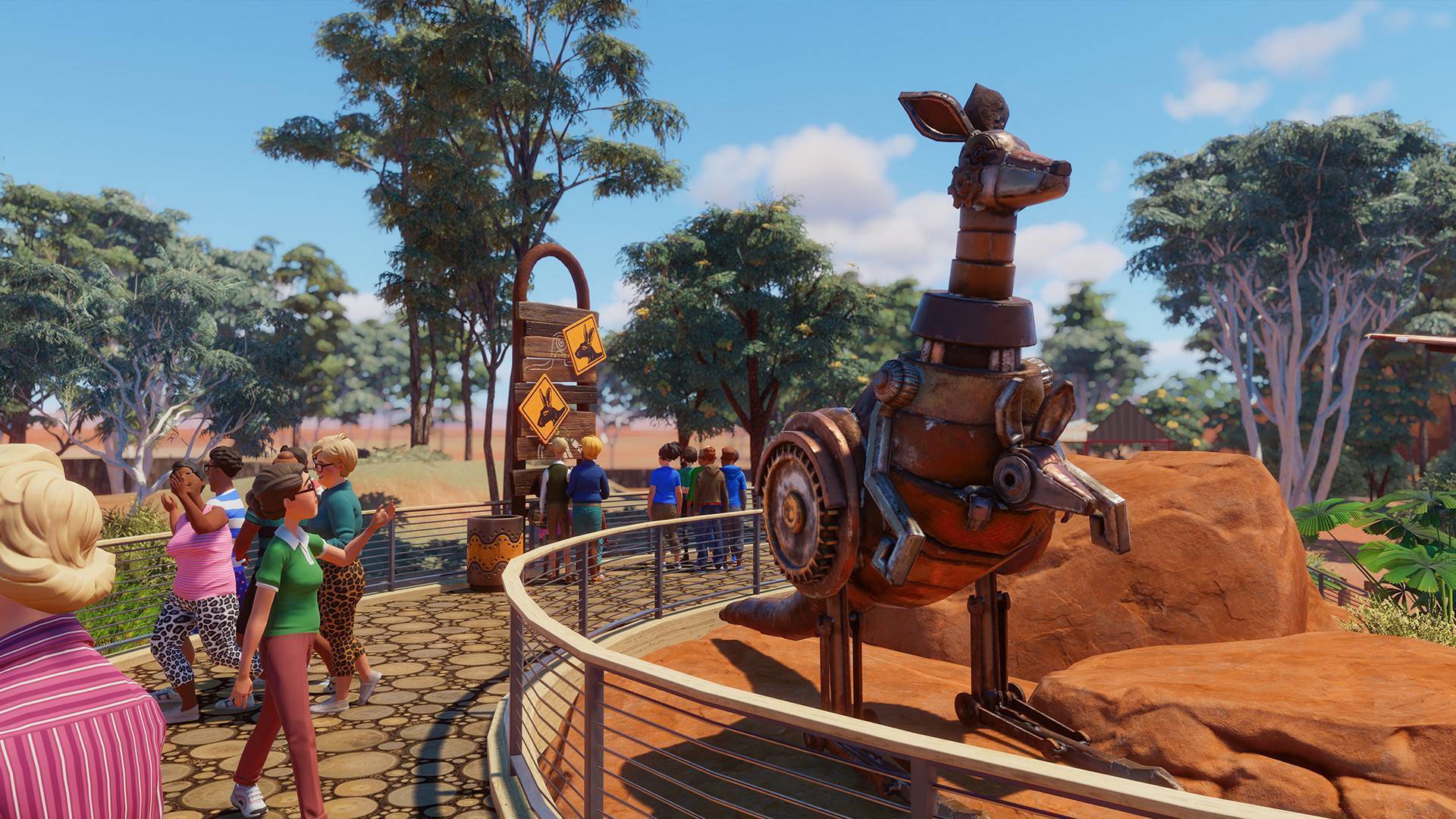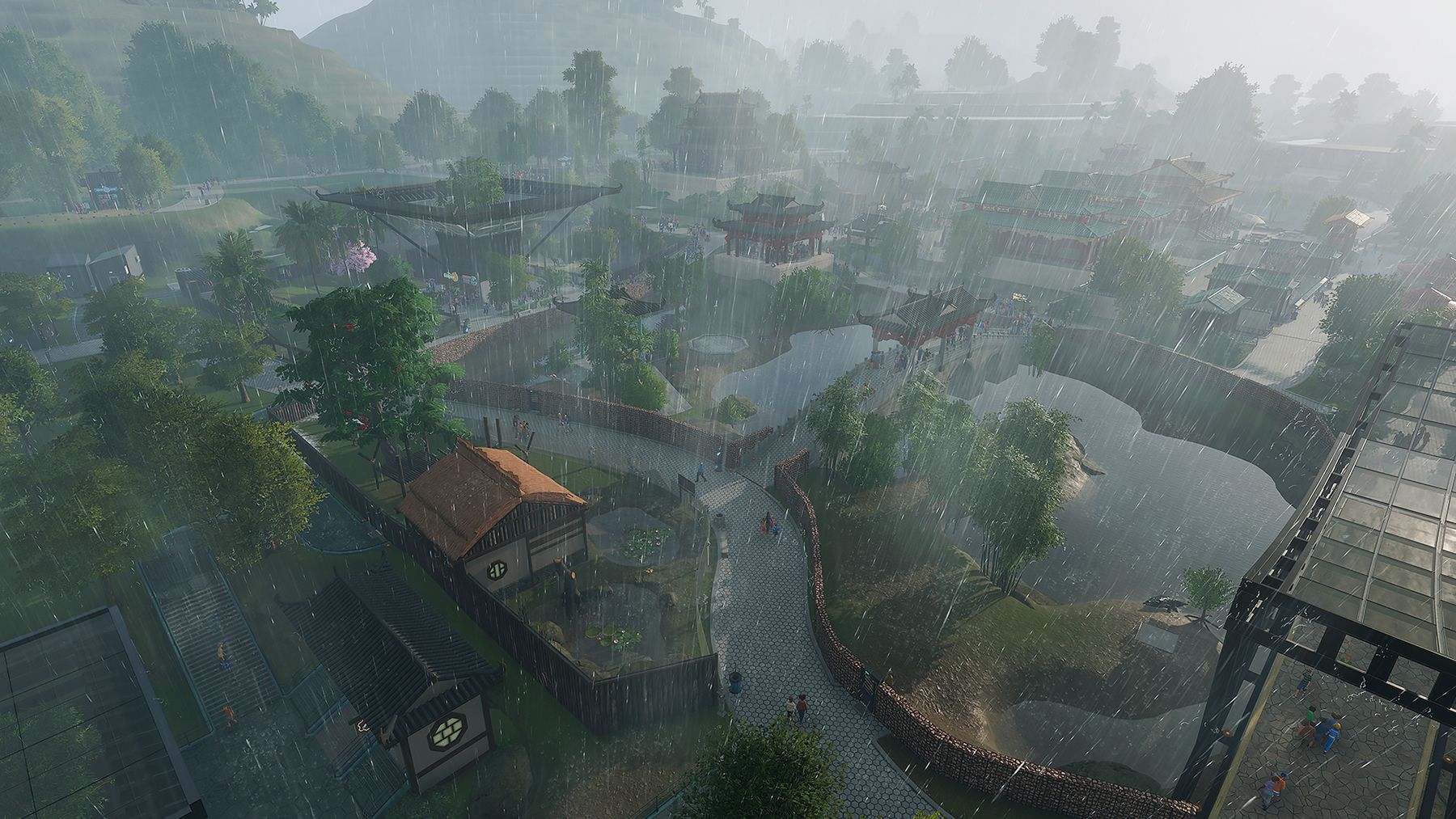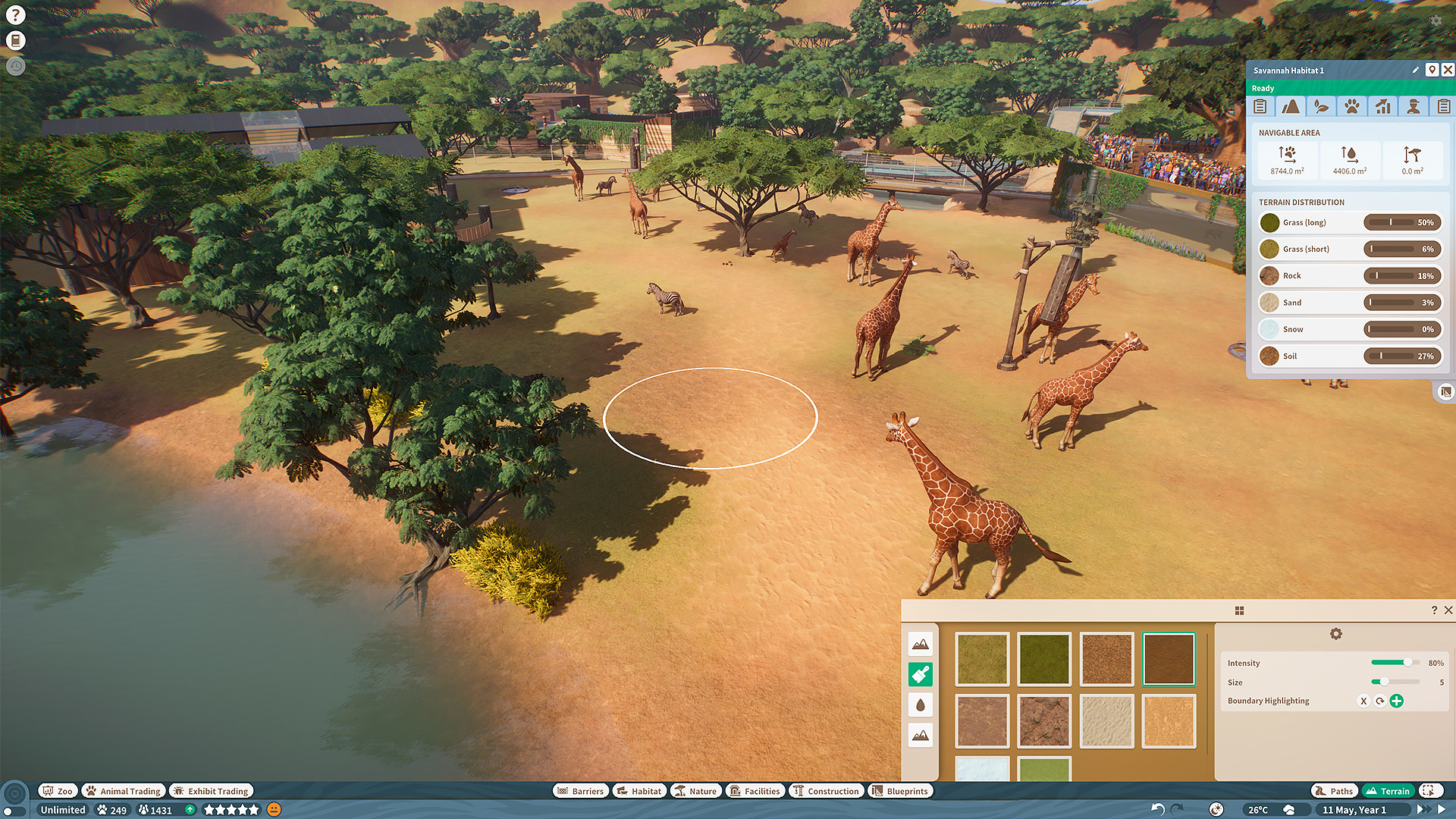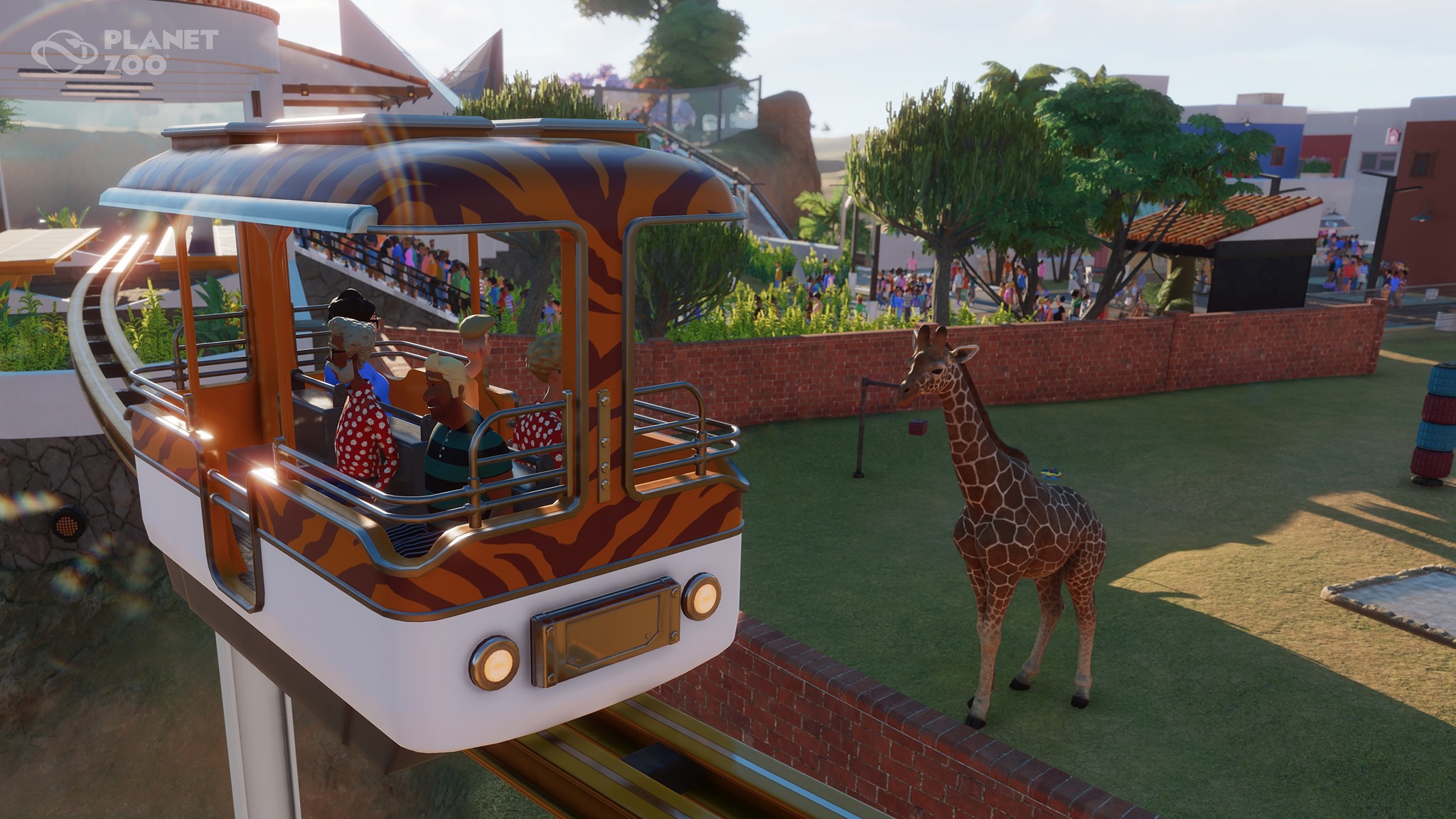


Once the offspring has matured to an adult, place it in a habitat with an animal of a different gender which should also have good attributes.Īgain, wait for reproduction and your offspring should have even better attributes than its parents. The breeding process will start once the male animal impregnates the female, crazy right?Ī certain amount of time later, the offspring will be born, hopefully with better genetic makeup than its parents. Build Your Breeding HabitatĬreate a really basic habitat for your animals, but ensure that they’re able to maximise their welfare rating.ĭon’t forget to add your staff to the workzone, perhaps you may want to setup a specific breeding area within your zoo, and allow a zookeeper to just look after the animals that are about to breed. Once you’ve accomplished those tasks, it’s time to get started…įocus your attention on getting 100% size and longevity first of all – follow the below steps.Īs we mentioned, fertility and immunity are more random, so we will concentrate on this later. For animals that are very difficult to breed, this is particularly important to give them the best chance.Īim as close to 100% welfare for animals that are very difficult, but for all animals try to ensure their welfare is over 80%, regardless of their difficulty. Here’s the Hippo example…Īnimals need to have a high welfare rating to have the best chances of breeding. Prepare to build a habitat that allows one male to breed with the maximum amount of females to get the best results. In the animal kingdom, it’s more socially acceptable for one male to breed with multiple females at once, if you know what I mean… You need to get the balance of male to female animals as well as the amount of animals within the group correct. In the Zoopedia, take note of the Group Size details within the Social tab of the animal.

Giant Pandas are very difficult to breed as you’d expect, whilst the Hippo is easy. In here you’ll see lots of useful information, including how easy it is for the animal to breed and reproduce in captivity. These bonuses do not stack, so whichever is the highest value you’ve unlocked will be the one that’s active.īefore you jump in, you need to learn a little bit about your selected animal: Zoopedia Breeding Researchįirstly, I recommend going to the animal’s Zoopedia page and checking out the Lifecycle section. Whilst some animals can unlock a 15% and 30% bonus to fertility, others can reach all the way to 60%, it depends how easy the species can breed. Maximising your research for breeding can be done quite easily and is well worth doing before breeding a species.Īssign your researcher to the animal you’d like to breed and wait until they’ve fully researched the animal. There are also hidden values which decide how well an animal can transfer its genetic makeup to the next generation. In fact, the offspring of a pair of animals can have the complete opposite percentage on the genetic makeup scale. These attributes tend to vary little between each generation, but can slowly be increased over many generations when breeding successfully.įertility and Immunity tend to vary dramatically between each generation of animal. Size and Longevity are the two in which we as Zoo managers have the biggest influence on.

Fertility: How easy it is for successful breeding to occur.Longevity: How long the animal’s life expectancy is.Size: The overall maximum size an animal will reach.


There are 4 attributes that make up an animal, these are defined in the Genetic Makeup section when viewing an animal’s profile. Our complete Planet Zoo breeding guide will therefore inform you of EVERYTHING you need to know, so that your animals will reach their maximum potential. For an animal kingdom to survive, it needs to keep reproducing, or breeding.įor your Planet Zoo to survive, you will need to become an expert in this field.


 0 kommentar(er)
0 kommentar(er)
